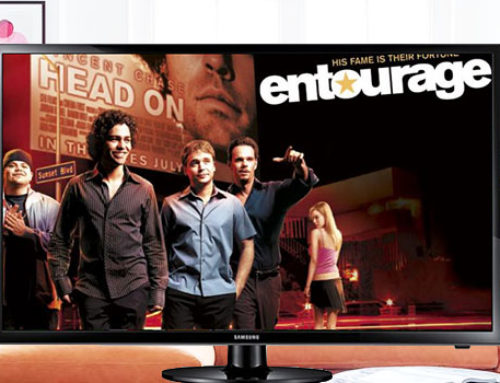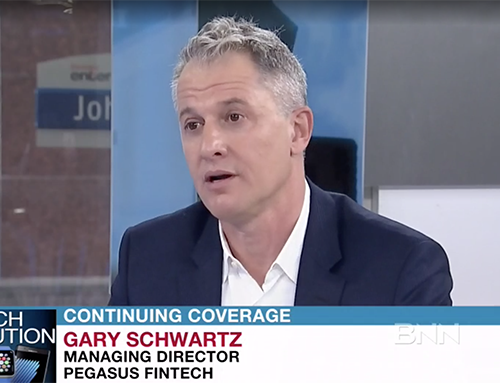Today’s millennial traders are pop culture survivors of “The Wolf of Wall Street” and the “Big Short”. Many would rather pitch tents on Wall Street than open up their wallets. These traders require some reassurance that their mobile tools have evolved as other utility, commerce, entertainment apps have successfully done.
Tornados
On August 8, 2007, the most destructive tornado on record hit New York City. The last time a twister had touch down was in 1889. The next day, on the New York Post’s front page a startled Dorothy looked out over demolished homes with the one line, “This ain’t Kansas”.
It certainly wasn’t. The tornado was an uncanny portend to the chaos on Wall Street that year. The market structure was unravelling. Hedge funds and banks were being torn apart by over $1 trillion in securities backed by failing subprime mortgages. The twister was a much more ominous symbol of the time than Nassim Taleb’s polite Black Swan.
The market was questioning whether a pure algorithm-based approach to trading was viable. Fin-tech (as many industries) suffers from an over emphasis on machine-to-machine solutions. From DC to the consumer’s livingroom questions loomed. Does if-this-than-that quantitative math work better if you have a warm body at the helm? Does technology work better when we design for the human in the middle?
At the same time, mobile tech was beginning to empower the retail trader. Consumer-centric design was on the rise and on-the-go mobile dashboards had started to provide the ninja-trading tooling of the Wall Street pros. The armchair trader could (and should) play a central role in the new financial services world.
These two trends change the way we design for the retail trader. How can we best begin to enable the retail trader to participate intelligently in an increasingly quant-dependent trading world?
Trader in the Middle
By the time the black clouds of the 2007 storm hit Staten Island and Brooklyn, the financial market meltdown had spread beyond the New York and beyond the United States. Central banks and governments around the world had started coming together to prevent further financial catastrophe.
The crisis had thrown quantitative mathematics into question. All the neat models that had predicted market trends, now were faced with an unprecedented market. As quant math was based on past behaviour, without historic precedent the secretive algorithms seemed to fail dramatically. The Omaha pundit, Warren Buffet warned of “geeks bearing formula.”
Out of this subprime-mortgage-induced market collapse, there were only a handful of funds that weathered the storm. The few that performed touted ability to put the trader in the center of decision making. James Simons’ Renaissance Technologies Medallion fund was one shining example.
In an interview with the Institutional Investor a few years earlier, the reclusive founder, Simons had articulated his approach to quantitative trading. “I want a guy who knows enough math so that he can use those tools effectively but has the curiosity about how things work and enough imagination and tenacity to duke it out,” he explained.
The quants continually are looking for signals in the market. Simons said while the fund uses computer modelling to find inefficiencies in highly liquid securities, its success was based on the smart, human insights of his traders.
In the book, The Quants, Scott Patterson discusses Simons testimony in DC in front of a House committee on the role of hedge funds seven years later. The question was whether these math-guided funds should be regulated. Simons explained that his fund (which had see massive returns while other’s doors had closed in 2007) did not rely solely on math algorithms. He went on to explain that Renaissance has an approach that allowed their traders to focus on their tasks over a 40-hour period (a work week) and then gave the trader, researcher and quant a 40-hour period of undirected time to innovate.
Simons referred to this as the “second forty hours” where the trader could experiment horizontally across the organization with access to all of Renaissance’s data. Similar to a Google that frees up 20% of their employee’s time to think outside of their core tasks, Renaissance seemed to focused on the value of the human behind the code.
The Mean Reversion
While pro-traders continue to invest in quantitatively-driven market opportunities (imagine algorithm wunderkinds exploiting lightening speed software in secret dark pool markets) the retail investor is forced to trade in the bright sunlight relying on traditional chart data and perhaps the helping hand of a follow-the-leader service.
In a high-speed modern trade pit, eyeballing trends is not viable. Beyond the entertainment value of gaming the market, without a new generation of solutions, most retail traders on existing solutions have little chance of seeing real returns.
However, consumers want more. Investment follows banki
On a small screen, consumers can read technical analysis as well as real time sensitive fundamental research. However, we need to go beyond this to drive value for the retail trader. In a computer-powered fast moving market, can we provide the quantitative tools to allow them to make smart and fast decisions?
The PwC Report concludes “By focusing on incorporating new technologies into their own architecture, traditional financial institutions can prepare themselves to play a central role in the new financial services world in which they will operate at the centre of customer activity and maintain strong positions even as innovations alter the marketplace.”
What does this solution look like? Unquestionably it is omni-screen solution allowing for desktop and mobile functionality. However, it cannot simply involve crunching the larger desktop trading screens to fit on a handheld device.
Robin Hood and other native mobile trading solutions have demonstrated the value of applications built specifically with the mobile consumer in mind. Design is important but design only goes so far. We need to show performance.
Consumers compare their mobile trading experience to best-of-breed standards established by Facebook, UBER and Apple. Facebook, UBER and Apple only win because they help the consumer move from a desire to trade to a successful trade with a minimal number of clicks.
Displaying a just-in-time chart or sending a mobile alert is a good first step but providing the new ways of navigating the fast changing market is essential. Over 50% of the users of Fidelity Investments mobile application saw the service as a competitive edge. They managed to perform sophisticated investing tasks on the small screen that went beyond trading including technical analysis to fundamental research.
The PwC Global FinTech Report states that fin-tech solutions need to move from existing data and analytics solutions to provide consumers new offerings.
Uber Trading
Today’s tech trend of placing the trader back in the middle of finance is all about breaking down barriers to entry. Consumer-centric in-tech is coming out with innovative ways to empower the retail investor.
Whether it’s through beautiful UX, business models that reduce barriers to entry, lightning-fast latency, or the new easy-to-action technical indicator – fin-tech is searching for the best way to put the place the consumer behind the wheel.
However, the biggest barrier of all has little to do with technology, it is a perception barrier. While the 2007 crisis, the 2010 Flash Crash and last summer’s Chinese market plunge, have taken the bravado out of the Wall Street pundits sails. For the retail trader looking in, the markets and market measuring tools are still far too “voodoo” and inaccessible.
A recent Stash survey suggests why this generation is shying away from investing. 41% of survey respondents felt that they did not have enough money to participate. 70% believed they needed at least $100 to start investing, while 38% thought they needed at least $1,000. In addition, 76% of millennial women respondents found investing confusing, and 60% said that the typical investor was an “old, white man.”
Like the self proclaimed “cool dad” who uses slang inappropriately, institutional finance is out of touch with the millennial. Investing isn’t sexy. And today’s fin software startups have started to catch on. The solutions?
- Cut out fees with friendly zero-commission execution by Robin Hood.
- Bypass the vanilla wealth advisor with virtual portfolio construction by Swanest.
- See how your portfolio stacks up against the trading community with Openfolio.
- Eliminate charts and use pure sentiment based signals with Stealth Trader.
- Turn stocks into a game in a leaderboard style paper trading environment with Bux.
These fin startups are not breaking ground; they are simply brushing off the dust from an industry often viewed with distrust.
We all (aspirationally) want to become invincible. We want swords, easter eggs and later-day technology, to make us perform better. But black box algorithms propelled by football sized server farms are solutions that try to replace the human in the trading cockpit. Whether you are the portfolio manager sitting in front of eight screens or a retail trader sitting in his flip-flops with Gatorade in hand – the goal of instrumentation is to improve the human behind the trade, not to innovate him out of the equation.



